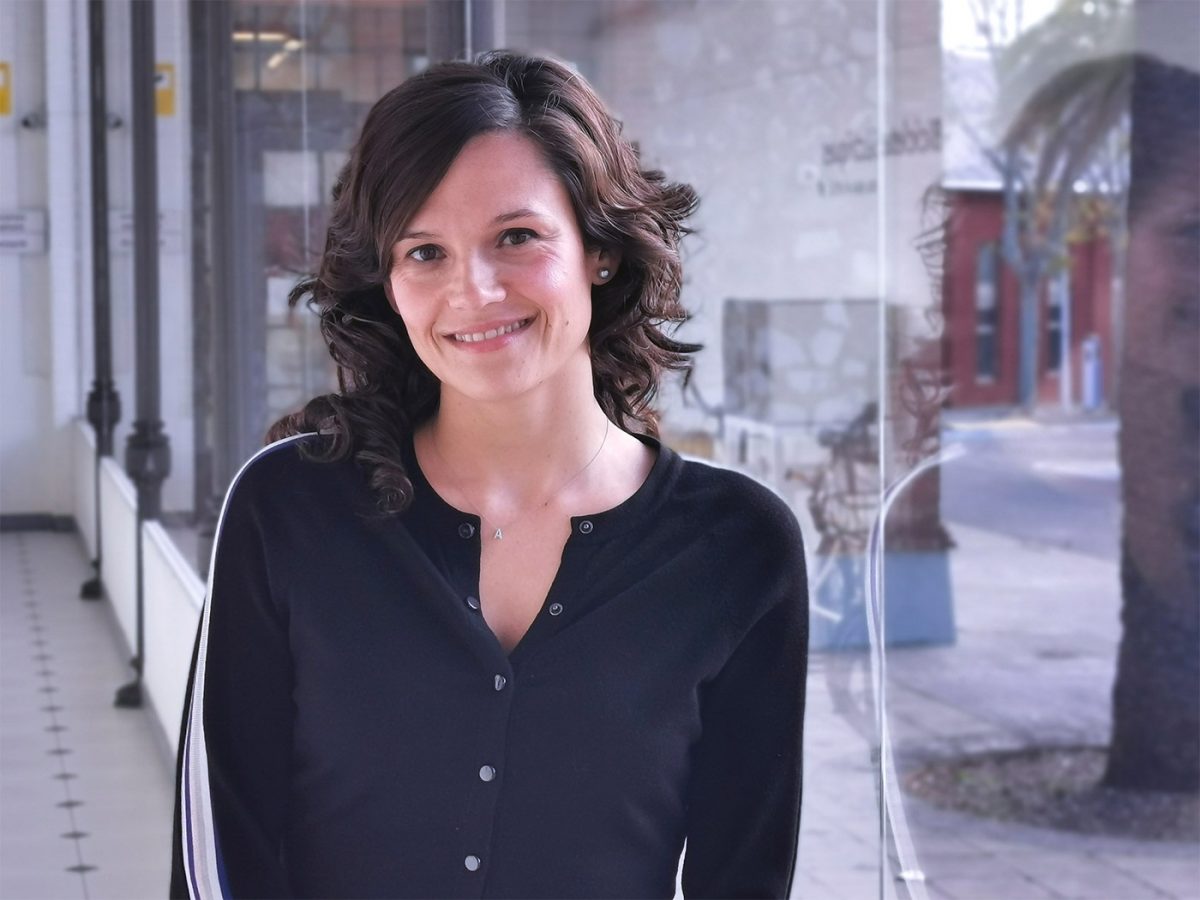
The effectiveness of Tricine as an adjuvant of cisplatin in the treatment of cutaneous squamous carcinoma is demonstrated using Synchrotron technology
- Posted In:
- Divulgació científica
- Esperanza Mancebo
- no comments
Dr. Silvia Gil, active member of the cancer research group of I3PT Parc Tauli, has performed in collaboration with researchers at the ALBA Synchrotron Facility a study titled “Multiparametric analysis of the cisplatin effectiveness on cutaneous squamous carcinoma cells by using two different types of adjuvants”.
The objective of the study was to regulate the level of cytotoxicity of cisplatin (cisPt) in order to minimize its adverse effects. To this purpose, the lowest cisPt concentration necessary [3.5 μM] to obtain a significant positive response in cutaneous squamous cell carcinoma (cSCC) was explored. Two adjuvant agents namely gold nanoparticles (AuNP) [2.5 mM] and chelating tricine [50 mM] were tested as enhancers in cisPt treatments. In fact, tricine is widely used as a biological buffer in nuclear medicine.
Results were obtained through the combination of conventional biological based techniques and cryo soft X-ray tomography (cryo-SXT) in Mistral beamline at ALBA, which suggested that there is not covalent bonding between AuNP and the commercial version of cisPt. However, some molecules of cisPt might be electrostatically linked to AuNP, which facilitates cell penetration and might cause a damage thereof and a slight increase of necrotic cell death.
On the other side, treatment based on the combination of cisPt with tricine enhances drug effectiveness, with a noticeable increase in cell death, specially via apoptosis, thus becoming a better adjuvant in cisPt treatments.
Notwithstanding the positive results of the study, further research is needed to determine the mechanism making the combination of cisPt and tricine more effective.
Documents of interest:
- Gil S, Yébenes M, Luelmo J, Alsina M, Sabés M. A comparartive study of the effectiveness of cisplatin and 5-fluorouracil on cutaneous squamous human carcinoma cell line: Potential chemotherapy alternative to surgery. Dermatol Ther. 2016; 29: 341-344. https://www.ncbi.nlm.nih.gov/pubmed/27292650
- Sorrentino A, Nicolás J, Valcárcel R, Chichón FJ, Rosanes M, Avila J, Tkachuk A, Irwin J, Ferrer S, Pereiro E. MISTRAL: a transmission soft X-ray microscopy beamline for cryo nano-tomography of biological samples and magnetic domains imaging. J Synchrotron Rad. 2015; 22: 1112-1117. https://www.ncbi.nlm.nih.gov/pubmed/26134819
- Zheng DL, Long Y, Tsai W-B, Fu S, Kurzrock R, Gagea-Iurascu M, Zhang F, Chen H, Hennessy B, Mills G, Savaraj N, Kuo MT. Mechanistic Basis for Overcoming Platinum Resistance Using Copper Chelating Agents. Mol Cancer Ther. 2012; 11(11): 2483-2494. https://www.ncbi.nlm.nih.gov/pmc/articles/PMC3496003/




Leave a Reply